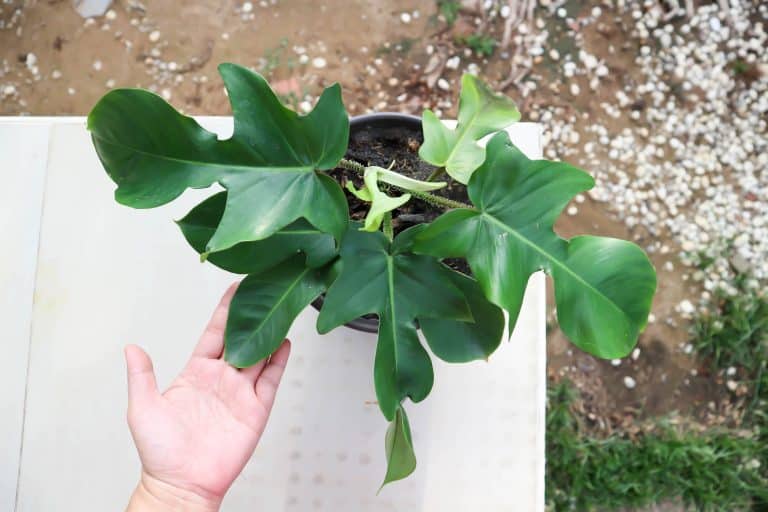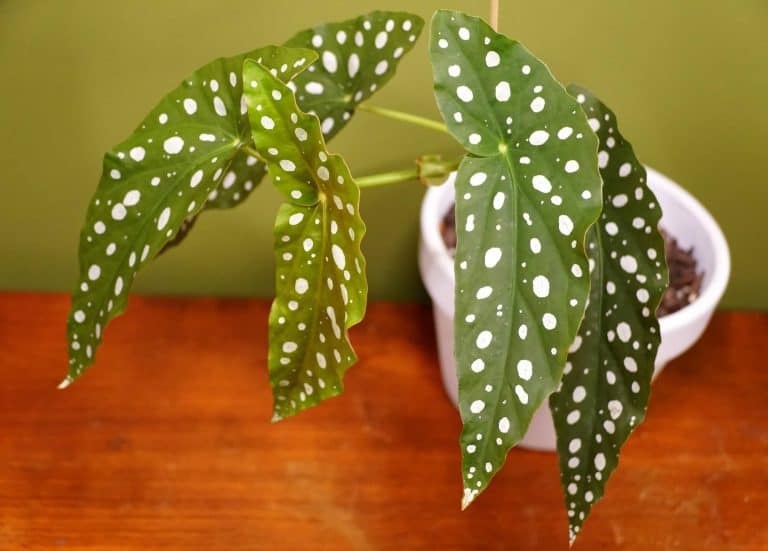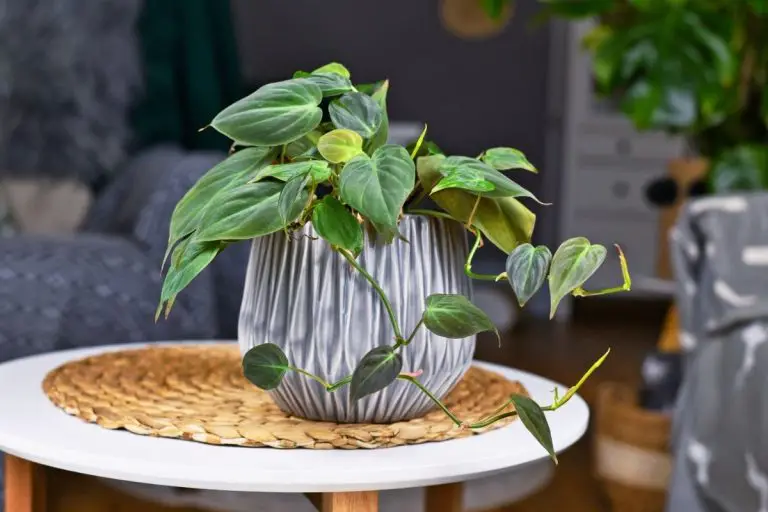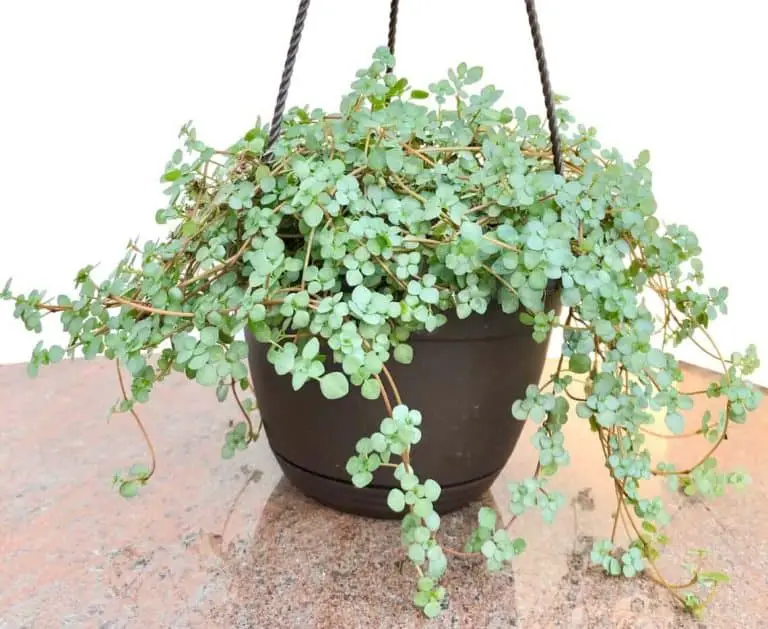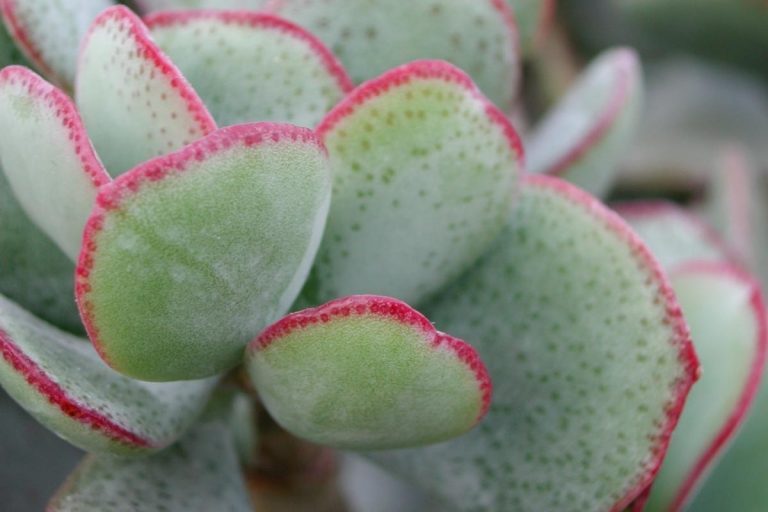Why Is My Orchid Wilting? [And How To Fix It!]
Are you asking yourself, Why Is My Orchid Wilting? Here are all the reasons why and how to fix the problem to keep your orchids happy!
When cared for properly, an orchid will have some of the most beautifully delicate blossoms and luscious green leaves. However, these plants are extremely sensitive, and if they’re kept in the wrong conditions, they are prone to wilting.
If you notice that your orchid plant has drooping leaves and wilting flowers, this is an indication that the orchid is stressed, and you need to revisit your care methods. In this article we’re going to talk about some of the reasons why orchids will wilt, and what you can do to help.
DISCLAIMER
Some of the links on here are affiliate links and I may earn if you click on them, AT NO EXTRA cost to you. Hope you find the information here useful! Thanks.
Related Articles:
- How To Propagate Orchids [ An Easy 2022 Guide]
- Why Are The Leaves On My Plant Curling?[And How To Fix It!]
- What Do Plants Need To Grow And Survive? [2022 Guide!]
- Why Is My Snake Plant Turning Yellow? (And How To Fix It!)
- Scindapsus Treubii Dark Form – Care Tips
Use orchid bark to ensure the roots of your orchids grow in a happy environment!

End Of Their Natural Cycle
Orchids don’t bloom all year round. The most common orchid, Phalaenopsis orchids – also known as moth orchids – can flower for up to three months without wilting. So, when you buy an orchid plant that is in bloom, you have no idea how long it’s been flowering for.
Sometimes, if you have a new orchid plant that has begun wilting, it’s not always something to worry about. Like any new relationship, it can take a while for your new orchid plant to adjust to their surroundings.
Use orchid stakes to keep your plant growing and happy!

Environment Change
As we’ve mentioned briefly, orchids are very sensitive when it comes to their environment. They hate a change in climate, humidity, lighting and repotting. Even just moving it from one room to another can make blooming orchid wilt.
There are some varieties of orchids that are more resistant to environmental changes, but most orchids will not adapt well to the sudden change. Bear this in mind if you are moving an orchid out of a greenhouse.
Greenhouses have the optimal humidity and lighting conditions that orchids like to grow, so if it’s transported into your home instead, it’ll react to the environment change by wilting.
When discussing environmental change, we also have to consider potting. It’s important that you never repot a flowering orchid.
This is because the orchid has used all of its energy to produce its beautiful, blooming flowers, so it doesn’t have enough to go through that big of a change – changing potting medium can give the orchid additional stress.
If you do need to change your pot, it’s important that you keep the same potting medium. Once an orchid is not blooming anymore, you can safely report and change the potting medium.
Temperature Change

Another reason why orchids wilt is a sudden change in temperature. As orchids are pretty sensitive, changes in temperature can cause temperature shock, and cause the flowers to wilt.
Keeping your orchid somewhere like a window sill may not be the best place. If you open the window, a cold, chilly air can shock your orchid. As well as cold drafts, hot heat spurting out in uneven waves can also have damaging effects on your orchid.
If your orchid was doing fine before you moved it somewhere else, the temperature change is the most probable reason. Each orchid plant has a temperature preference depending on what they thrive in best. Make sure you check the right temperature conditions for your orchid.

Note– If you want to make your green fingers happier and your life easier, you can use this affordable 83 pieces ultimate gardening set to help you garden like a pro!
Change In Humidity
Moving your orchid from one spot to another can also mean there is a change in humidity. When you grow your orchid alongside other house plants (or even other orchids), the humidity levels in that area can be higher. If you move your orchid on its own, you will have to mist it more often, as the change in humidity levels can cause the flowers to wilt.
It’s important to remember that humidity is not the same as watering. Watering is all about how much water the roots absorb, whereas humidity is the concentration of water droplets in the air.
Orchids need to have at least 40% humidity, but most of them like to have a lot more. It can be hard to reach more than 50% humidity in your home as wallpaper and paint can start to chip off or mold.
If you have a high humidity orchid, you could consider leaving a small humidifier near your orchid plant. If you don’t have a humidifier, it’s best to keep an orchid in your kitchen.

We don’t recommend leaving your orchid in your bathroom. This is because there is not a sufficient amount of light and the humidity levels fluctuate too much. If temperatures rise and fall too much, this can cause stress for your plant, and can lead the flowers to wilt.
Watering Problems
Orchids can be very particular about their watering needs. If they get watered too much or too little, they’ll react. If you over-water or under-water your plant, then the leaves can begin to wilt.
You can observe your orchid’s roots to see whether you need to water it more or water it less. If the roots are mushy or dark colored, then you’re watering too frequently. However, if the roots are dry or firm, then you’re probably not watering enough.
If your orchid is planted in shredded bark, it only needs watering once or twice a week. If your orchid is planted in sphagnum moss, then you only need to water it every 7 to 10 days.
Use a moisture meter to get accurate precise readings to optimally deliver your plants watering needs!

It’s also worth noting that withered roots and “burnt” leaf tips could mean that your water is too salty. Rinse the potting with fresh and deionized water several times so that you clear out the salt.
Diseases And Pests
Even if you keep your orchid indoors, orchids are immune to pests. These pests can attach themselves to leaves, which can stunt the growth. If you notice a sooty mold on the leaves, spray them with water, which will knock the pests off.
Leaves can turn a silvery or brown color from mites. To kill mites, you can use a cotton ball soaked in alcohol.
If you suspect that your orchid might have a disease, the roots may smell rotten, and the stems and leaves might turn brown. Cut off diseased roots and leaves and repot the plant in fresh potting mix and a new container.
Final Thoughts
A wilting orchid is usually stressed due to low humidity, excessively changing temperatures, or not enough or too much water. To revive a wilting orchid, you need to recreate the conditions of its native environment.
It’s important you keep the humidity and temperature levels at your orchid’s preference, and make sure you water it appropriately. It’s also worth remembering that you shouldn’t move your orchid around whilst it’s flowering, as the shock of environment change can stunt its growth and cause it to wilt.



